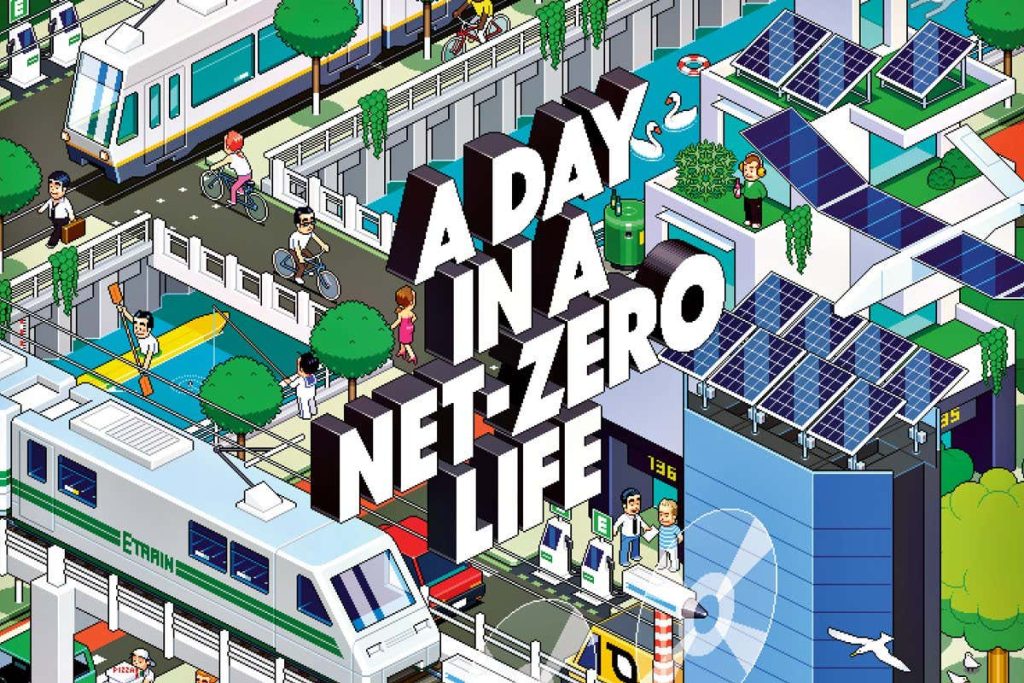FEW of us have fully digested the transformation of economies and our own behaviour that is implied by the existential fight against climate change – even as last month’s report from the Intergovernmental Panel on Climate Change (IPCC) laid bare how little time we have left to accelerate the transition to a cleaner world.
It isn’t that the world is lacking in commitments. If you live in the UK, EU, US or scores of other places, the declared aim is that you should be living somewhere with net-zero greenhouse gas emissions within three decades. Eleven nations – Canada, Denmark, France, Germany, Hungary, Japan, Luxembourg, New Zealand, Spain, Sweden and the UK – have already written this goal into law, and dozens more have signalled their intent to do so.
But most of us are lacking a visualisation of what daily life will be like at net zero, from our homes and food to travel and the landscapes around us. “I think we probably don’t do that enough. It’s a really helpful thing to do, to take away the fear and get people excited,” says Mike Thompson at the Climate Change Committee (CCC), a statutory adviser to the UK government.
What follows is an attempt to fill in that gap and show you a day in the life of Isla, a child today, in 2050. By its nature, it is speculative – but it is informed by research, expert opinion and trials happening right now.
TODAY IN 2050
When the alarm goes off, the torrential rain outside is almost enough to send Isla back under her duvet. That’s unusual for a late summer …

